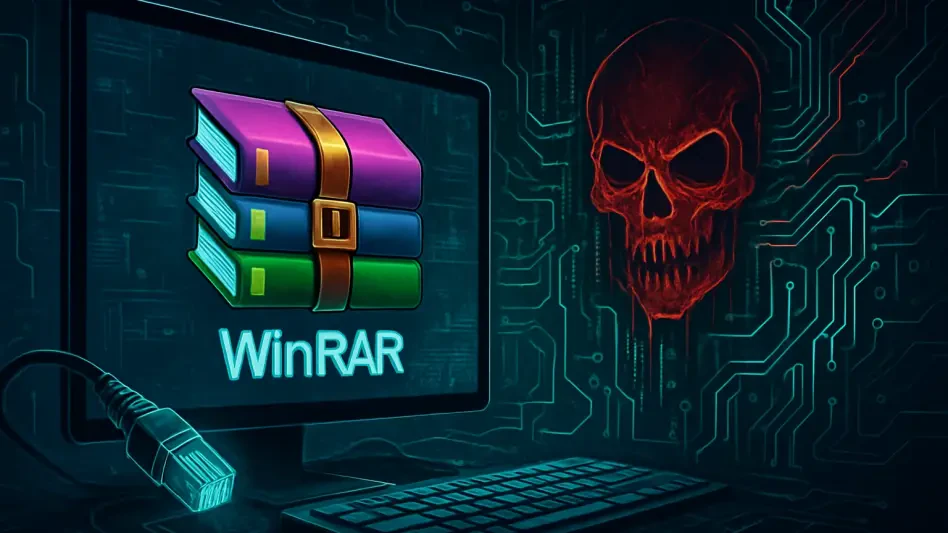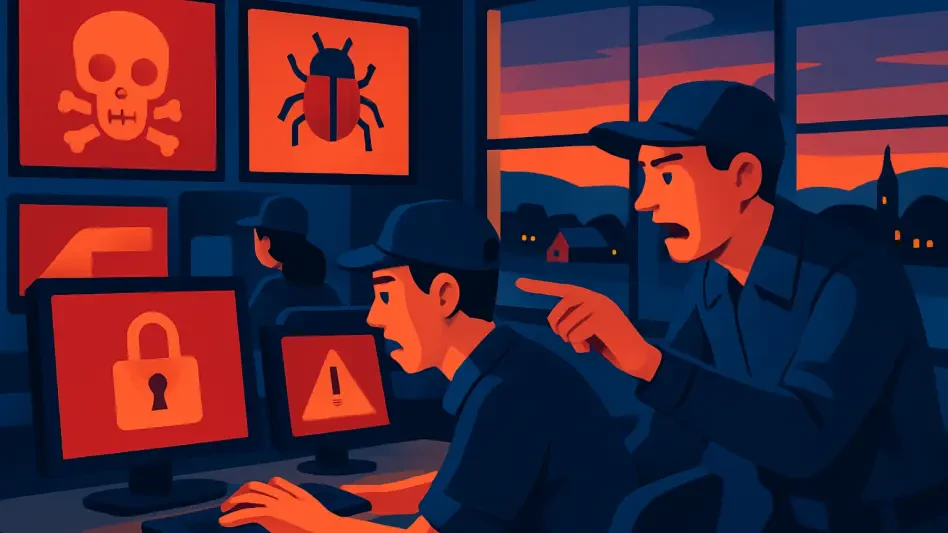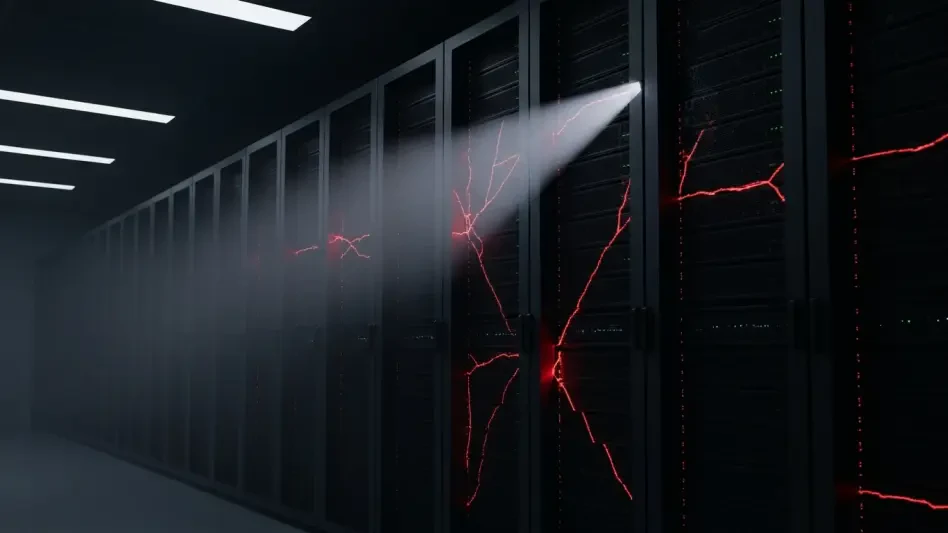In an era where digital threats loom larger than ever, a recent cybersecurity incident has spotlighted the vulnerabilities even in widely trusted software tools like WinRAR, a staple in file archiving for millions of users worldwide. Recently, WinRAR faced a severe security breach due to a zero-day flaw that allowed malicious actors to execute harmful code. Identified as CVE-2025-8088, this vulnerability carried a critical CVSS score of 8.4, underscoring its potential for widespread damage. The flaw, actively exploited by the Russian threat actor group RomCom, exposed the fragility of digital ecosystems and the sophisticated tactics employed by cybercriminals. This incident serves as a stark reminder of the constant battle between software developers and threat actors, highlighting the urgent need for vigilance in an increasingly interconnected world.
Addressing the Critical Vulnerability
Uncovering a Dangerous Path Traversal Flaw
A significant security issue in WinRAR for Windows came to light when researchers identified a path traversal flaw that could be exploited with devastating consequences. This vulnerability enabled attackers to manipulate the software into using a maliciously defined path within a crafted archive, rather than adhering to the user-specified path, ultimately allowing the execution of harmful code. Restricted to Windows versions of WinRAR, RAR, UnRAR, and related libraries, the flaw did not impact Unix or Android platforms. The high severity of this issue necessitated immediate attention, as it posed a direct threat to countless systems worldwide. Such vulnerabilities demonstrate how even trusted tools can become gateways for cyberattacks if not continuously monitored and updated, emphasizing the critical role of rapid detection in maintaining digital security.
Swift Response with a Crucial Update
Following the alarming discovery, WinRAR acted promptly to mitigate the risks posed by this zero-day vulnerability. The release of version 7.13 introduced a patch that effectively addressed the flaw, alongside resolving minor feature bugs. This swift response was essential, given the active exploitation of the vulnerability in real-world attacks. Users were strongly encouraged to update their software immediately to protect against potential threats. The incident highlights the importance of timely updates as a fundamental defense mechanism in cybersecurity. Beyond the technical fix, it also underscores the responsibility of software vendors to maintain robust communication with users, ensuring that critical updates are not only developed but also widely adopted to prevent exploitation on a massive scale.
Threat Actors and Broader Implications
RomCom’s Sophisticated Exploitation Tactics
The exploitation of this WinRAR vulnerability was traced back to RomCom, a Russian threat actor group known for its espionage-driven campaigns and advanced attack methods. Through meticulously crafted spearphishing emails, RomCom distributed malicious RAR files designed to deliver backdoor malware to unsuspecting victims. This approach capitalized on the trust users often place in familiar file formats, turning a routine action into a gateway for compromise. The group’s history of targeting high-profile entities and leveraging zero-day flaws in widely used software reveals a troubling pattern of persistent and evolving threats. Such tactics illustrate the growing sophistication of cyber adversaries, who continuously adapt to exploit even the smallest gaps in digital defenses, posing significant challenges to global cybersecurity efforts.
The Larger Battle Against Zero-Day Threats
Beyond the specifics of this incident, the exploitation of zero-day vulnerabilities represents a persistent and escalating challenge in the cybersecurity landscape. RomCom’s ability to weaponize flaws in popular tools like WinRAR reflects a broader trend where threat actors target software with vast user bases to maximize impact. This reality places immense pressure on organizations and individuals to remain proactive, not only by updating systems but also by fostering awareness of phishing and spearphishing tactics. Educating employees to recognize and avoid suspicious files is as vital as any technical safeguard. The incident serves as a call to action for a collective defense strategy, where software vendors, security researchers, and users collaborate to stay ahead of adversaries who exploit the rapid pace of technological advancement for malicious gain.
Safeguarding the Digital Future
Lessons Learned from a Critical Incident
Reflecting on the WinRAR vulnerability patched in version 7.13, it became evident that even the most reliable tools could harbor hidden risks when targeted by determined threat actors like RomCom. The path traversal flaw, exploited through deceptive spearphishing campaigns, had exposed countless systems to potential compromise before the issue was resolved. This event reinforced the notion that cybersecurity is not solely a technical endeavor but a shared responsibility. The rapid response from WinRAR in addressing CVE-2025-8088 had prevented further damage, yet it also highlighted how quickly a zero-day flaw could spiral into a widespread threat if left unchecked. Looking back, the incident underscored the necessity of constant vigilance in an era where digital threats evolve at an unrelenting pace.
Moving Forward with Enhanced Defenses
As the dust settled on this cybersecurity scare, attention turned to actionable steps for preventing similar incidents in the future. Organizations were urged to prioritize regular software updates and invest in robust training programs to equip staff with the skills to identify phishing attempts. Meanwhile, software developers faced renewed calls to integrate security into every stage of product development, ensuring that vulnerabilities are minimized before reaching end users. Collaboration between security researchers and vendors emerged as a cornerstone of proactive defense, with the goal of identifying and patching flaws before exploitation could occur. This incident with WinRAR ultimately paved the way for a stronger focus on preemptive measures, encouraging a united front against the ever-present threat of zero-day exploits in the digital landscape.








